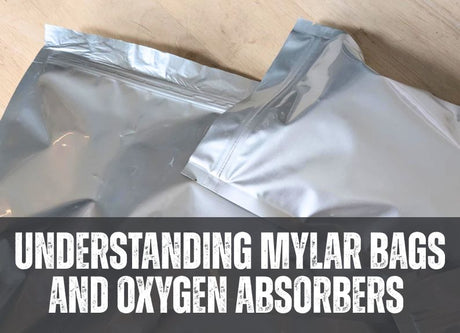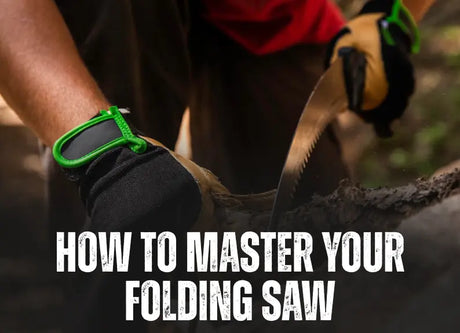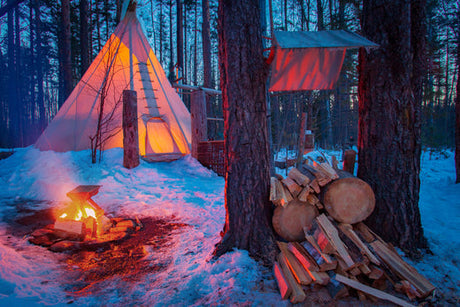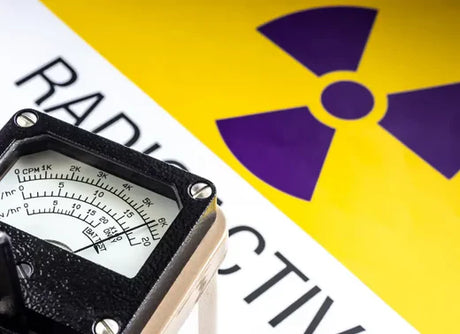While fishing is a hobby many enjoy, fishing is a key skill in off-grid survival, especially in North America –– where fresh water is one of our best assets. In a world covered by water, fishing is a readily available resource for nutrition. In this blog, we will tackle the best ways to fish with limited supplies in a post-collapse environment.
Fish traps can work while you preserve energy
Using energy efficiently is a key component of long-term survival, especially in bushcraft. The main benefit of setting up a trap is that you can conserve precious calories while you do other tasks. In addition, setting a trap will have the highest success rate out of all the survival fishing methods –– especially if you have limited tools and resources. Many simple and effective traps can be made from discarded trash or readily-available natural materials, allowing you to catch fish effectively.
1. Pot trap (bottle trap)
This trap works taking advantage of a cone entrance that permits access in one direction only. These pop bottle versions are based on the highly effective pot traps of lobster fishers. You’ve probably made a similar style trap for fruit flies and wasps. This trap can easily be scaled up using weaved branches, rope, or other available material.
- Find a 2L pop bottle and cut the top cone off
- Cut small holes into the bottle to allow water to flow through but small enough to prevent the fish you catch from escaping
- Put small rocks or one larger rock into the container as a weight
- Insert the cone back into the container reversed to that the opening faces the bottom of the bottle.
- Temporarily seal this (you’ll need to be able to open it to retrieve your fish)
- Attach a rope to the bottle for easy retrieval
- Put in a body of water so that the opening faces against the current
- Wait for supper
2. Fishing Weir
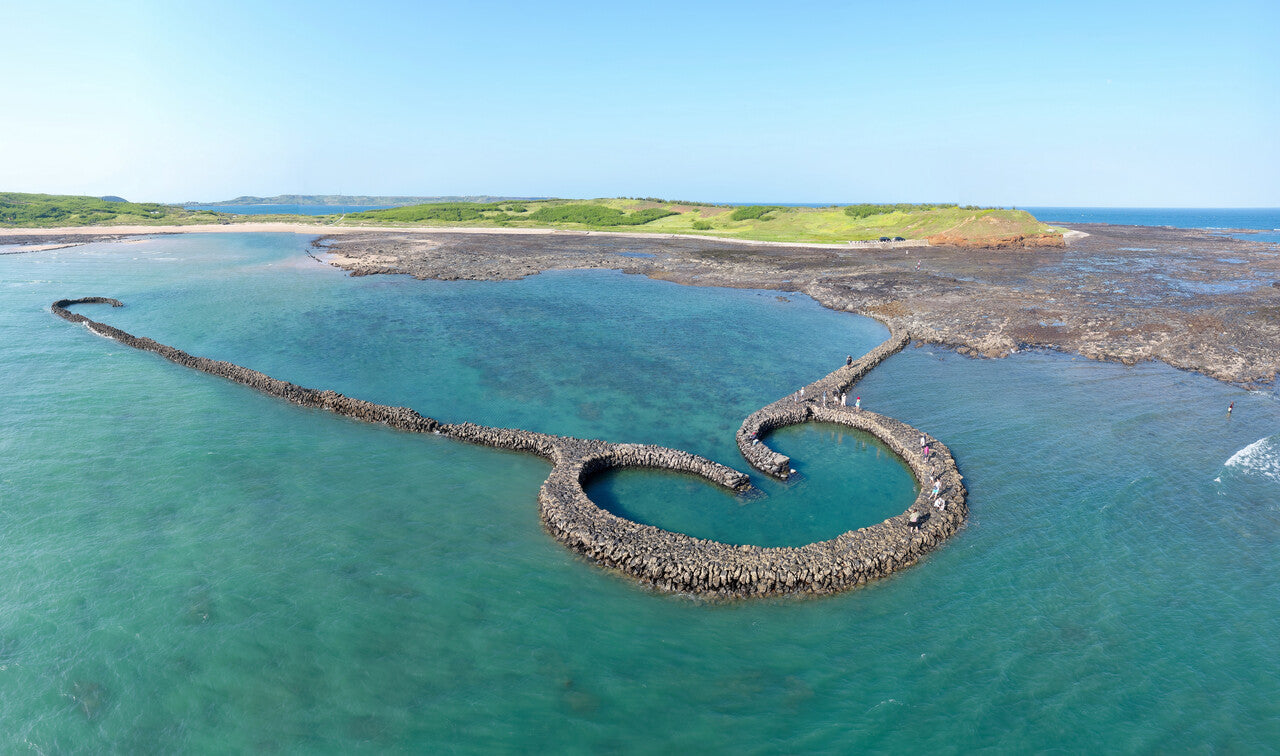 A fishing weir is an effective tool for catching fish. Fishing weirs have been built over the centuries by many different groups of humans. It is a highly effective and simple tool that should be added to your survival arsenal. The principles are the same as the pot trap but on a larger scale. A fishing weir spans a whole or section of a river, bank area, or tidal pool. They can also be used near or on the shore to catch fish as they come into the vegetation in the water. The size of your weir should reflect the body of water and the size of fish you are hunting. The materials used can be wood, rocks, earth, or discarded trash –– whatever materials are available can be made useful.
A fishing weir is an effective tool for catching fish. Fishing weirs have been built over the centuries by many different groups of humans. It is a highly effective and simple tool that should be added to your survival arsenal. The principles are the same as the pot trap but on a larger scale. A fishing weir spans a whole or section of a river, bank area, or tidal pool. They can also be used near or on the shore to catch fish as they come into the vegetation in the water. The size of your weir should reflect the body of water and the size of fish you are hunting. The materials used can be wood, rocks, earth, or discarded trash –– whatever materials are available can be made useful.
- Begin by locating an area where the current is populated but not too strong
- Figure out where the current is moving
- The opening of your funnel should open against the current
- The shape of your weir should resemble a simple rounded heart with an open top –– many traditional weirs use a double heart structure for added effectiveness
Bait and hook can be effective in post-collapse survival
If you already know how to fish, bait fishing can be a great way to acquire nutrition in a post-collapse scenario. However, if you don’t already have a background in bait fishing, it will not be as effective as trapping –– especially without proper tools. 
The Grim Survival Card is a critical addition to your bug-out bag. This handy kit is the size of a credit card but made from durable stainless steel for lifetime strength and durability. Paired with military paracord, these lures and hooks can be utilized for effective bait fishing. You can’t catch fish with just great tools, you also need the know-how to secure dinner.
3 tips for successful survival bait fishing:
-
Match the bait to the fish
This requires knowledge of the fish in your chosen survival area. If you plan to rely on bait fishing, it is important to what bait and lure to use to attract the fish you have around you. In North America, there is a huge diversity of fish with very specific bait needs. You can access Angler’s Maps for your area to find out which species are in your area.
-
Catch + use live bait
Finding and using live bait can make your fishing a lot more successful. In many areas of North America, live bait such as crayfish, leeches, and worms are readily available to an adept fisher. Using a jig and bait setup is common for walleye and trout, but there are several ways to use live bait riggings to your advantage.
-
Fish at the right time of day
Many freshwater fish are significantly more active feeders at dawn, dusk, or cloudy days. Knowing your fish is a necessity for successful bait fishing. If you try to catch a walleye in the middle of a sunny afternoon, you will expend a lot of energy for absolutely nothing.
Utilizing fishing nets can be effective if you have a team.

Fishing with a net can be an effective way to capture dinner. However, it requires more than one pair of hands. Building a post-collapse community is a skill that allows you to divide resources and resource acquisition efficiently. When using a net for fishing, this becomes apparent very quickly. Two people are required to hold the net while at least one more person is required to grab the fish as they are caught.
-
Seine fishing
This style of fishing works best on a river or stream to catch fish as they pass. Ideally, you will be able to span a large section or the entirety of the body of water. Weigh down the bottom of the net using rocks and float the top of the net using plastic garbage or driftwood. One person on either side of the net holds it, and the third person uses a small net to transfer the caught fish into a bag, basket, or bucket for easy transportation back to camp.
-
Trawl net fishing
In a survival situation, this style of fishing might prove necessary in desperation. However, it is highly damaging to the ecosystem on the floor of the lake, river, or sea. Using a boat, you drag a net along the bottom of the body of water to catch fish and other food that may be located deeper in the water body.
How to make a net from natural materials or paracord.
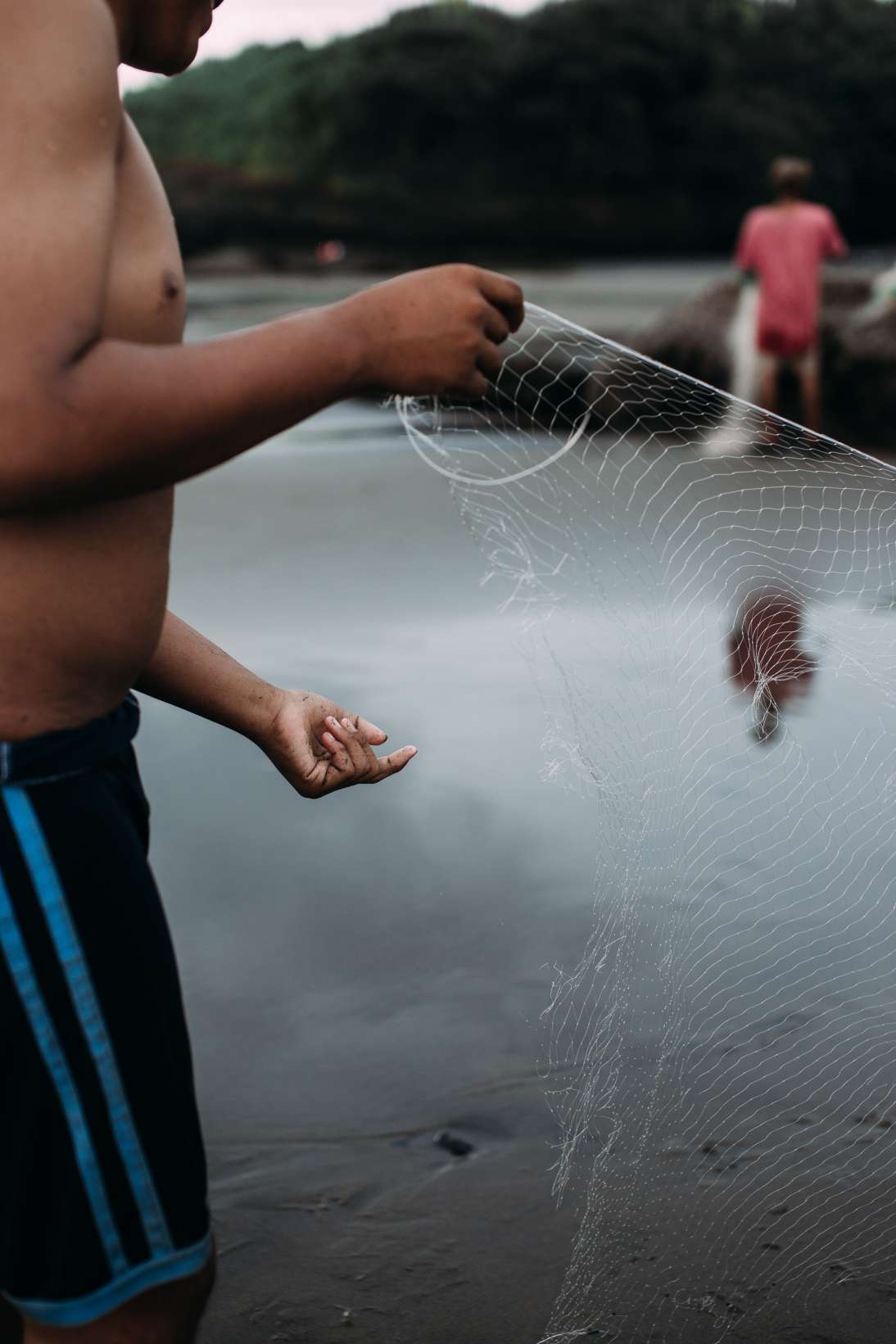
Once you get the hang of this simple style of weaving, it becomes very easy, and you can adjust the diameter of the knots to suit the material you have and the use of the net. This style of simple weaving can also be used to make a hammock, carry bag, or even clothing.
- Take some rope, grass, dental floss, or natural fibres in the desired width of your net and secure it across two points
- Tie long lengths of your material along the main rope, spaced equally apart, using a simple overhand knot so that from each knot come two equal lengths of material.
- Now take one section of each knot and tie it to one section of the knot beside it, forming a triangular shape.
- Continue this pattern until you nearly reach the end
- Tie off the net in the same way as the start + add lengths of rope to the sides of the net for added reinforcement [tip: you can tie in the side ropes as you weave to make it sturdier].
Fishing is a viable post-collapse method of acquiring nutritious food.
In a pre-collapse environment, some of the methods of fishing are banned. Always fish ethically by focusing on eating more readily available and often smaller fish rather than larger and less abundant species, practice your fishing skills using catch and release techniques, and be mindful when using highly disruptive fishing styles such as trawling. Even in a desperate scenario, sustainable food acquisition is a key component of long-term survival.



